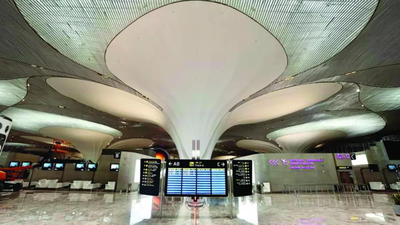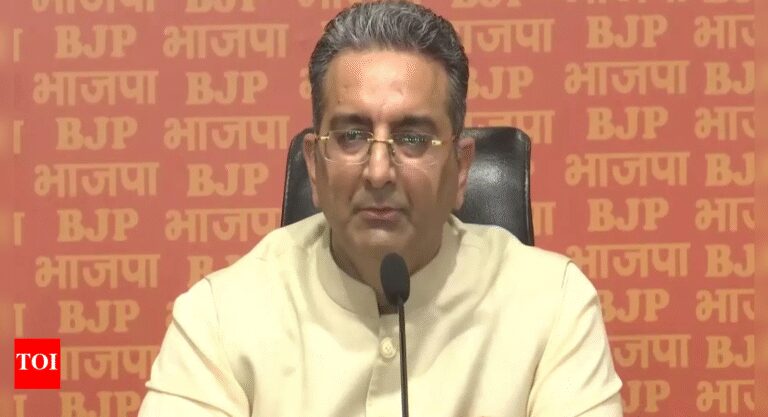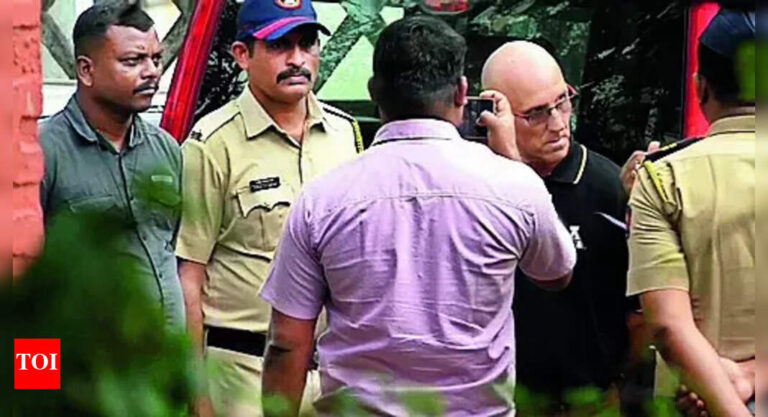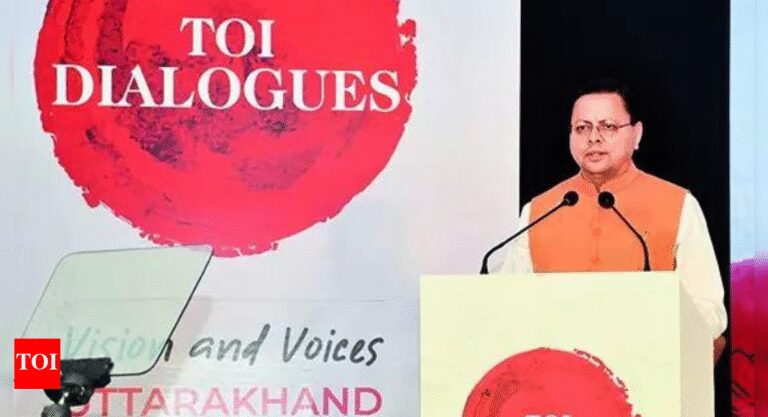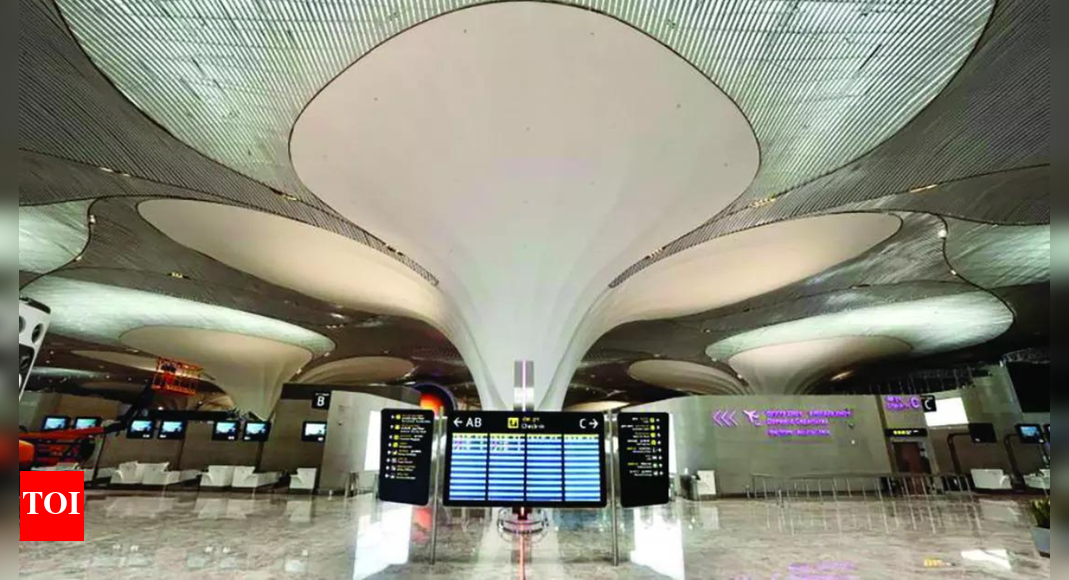
NEW DELHI: Unshackling India’s financial capital from its decades-old aviation infra crunch with the inauguration of the Navi Mumbai International Airport (NMIA), Modi government is all set to fulfil its vision of giving the country true hubs.From more slots for more aircraft including long range wide bodies, and a revamped immigration and security set up, the government is leaving no stone unturned to ensure Indians from across the country use the Navi Mumbai airport with an initial annual capacity to handle two crore passengers as a hub to fly an Indian carrier to rest of the world. The airport is scheduled to be inaugurated by PM Narendra Modi on October 8, with the first commercial flight in about a month.Soon, passengers travelling from at least seven cities in south and west India like Ahmedabad, Surat and Hyderabad to Mumbai’s NMIA or Chhatrapati Shivaji Maharaj International Airport (CSMIA) to take connecting international flights from there will be able to clear immigration at the first airport itself.This will enable them to fly into Mumbai, clear security and board their next flight – a seamless transit like that currently offered in Dubai, Doha, Abu Dhabi or Singapore Changi. Only difference: ‘Atma Nirbharta’ with a majority of them increasingly flying from an Indian hub on an Indian airline and not being “feeders” for foreign carriers via hubs abroad.For Delhi, the government is working on at least five cities in north and east India like Amritsar, Chandigarh, Jaipur, Lucknow and Varanasi, where people will be able to clear immigration on their way to Delhi for taking a connecting international flight. NCR is also going to get its second international airport before the end of this year when Noida International Airport (NIA) is expected to become operational.NIA, however, will have almost 95% domestic traffic, and the capital’s IGIA still has spare capacity and scope for further growth.So the main focus in Delhi for seamless domestic (D)- international (I), I-D & I-I transfers is on IGIA. NIA will see D-D transfers, just like IGIA does.“NMIA will be a game-changer as CSMIA was for years operating beyond capacity. The travel demand of the Mumbai Metropolitan Region is immense. Navi Mumbai, which was only talked about as the site of a second airport since 1997, is now getting an airport and preparatory work has already started for MMR’s third airport at Vadhawan. We see the dual airport system positioning Mumbai as the primary gateway for India travellers to the world while connecting the globe with Tier II & III cities here,” said an official.“We are working to set up a true hub-and-spoke at NMIA, CSMIA and Delhi’s IGIA with domestic networks of big and upcoming airlines, including Air India group, IndiGo and Akasa, flying in passengers who then take connecting flights on them to the rest of the world. Ditto on the way back,” the official added..Officials say the Modi government has been working to strengthen the country’s airline ecosystem as it foresaw the country’s travel demand in coming years – which would have otherwise been continued to be met by foreign airlines via their hubs abroad.From 2014, India’s guiding principle for granting flying rights (bilaterals) to foreign countries was keeping the interests of Indian airlines and passengers foremost. This allowed IndiGo, Air India and AI Express, after their successful divestment in 2022, and young Akasa to increase Indian carriers’ share in international traffic to and from India to 46% in 2024 from the low 30s about a decade back.The simultaneous push on airport infrastructure is seeing Delhi NCR and MMR getting their second airports along with major expansion in other places like at Hyderabad and Bengaluru. With the right combination of strong airports and airlines, the focus is now on seamless transfers.“Supply chain constraints have meant IndiGo, AI Group and Akasa, among others, have not been able to get planes at the required pace from Boeing and Airbus. The government has eased the policy of leasing aircraft to help airlines overcome this challenge. IndiGo has been able to grow its international network due to that. AI has also started showing some aggression in the past month. The IndiGo long range Airbus A321s will start arriving from next Jan that will allow the airline to fly to Europe and the far east” said an official. He said the government is the enabler and it is upto private players in the aviation ecosystem to make the most of India’s massive potential.

